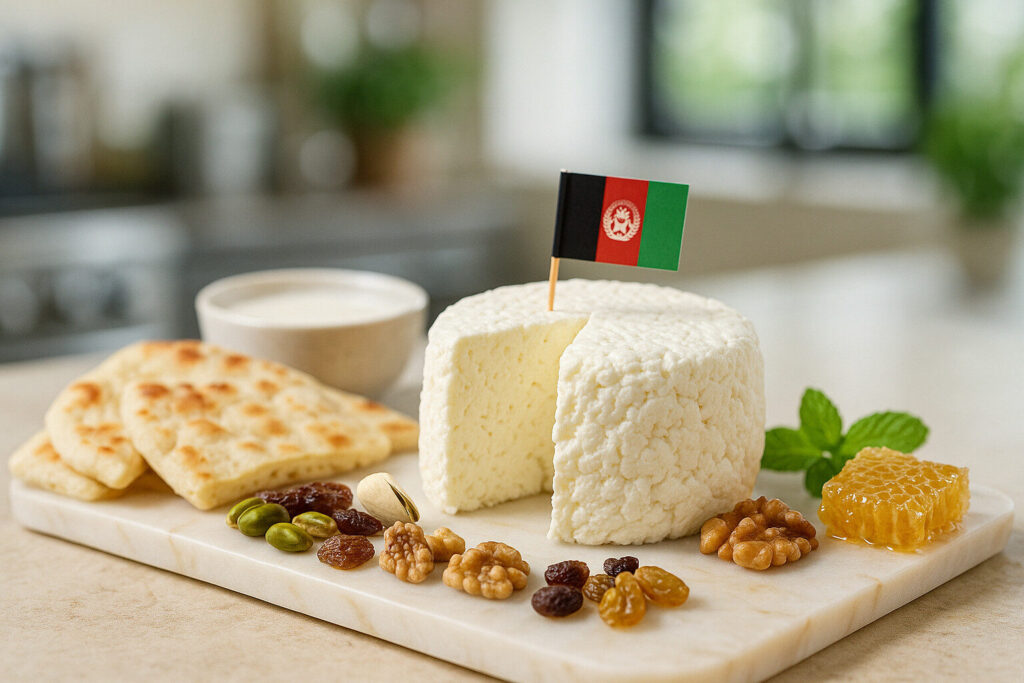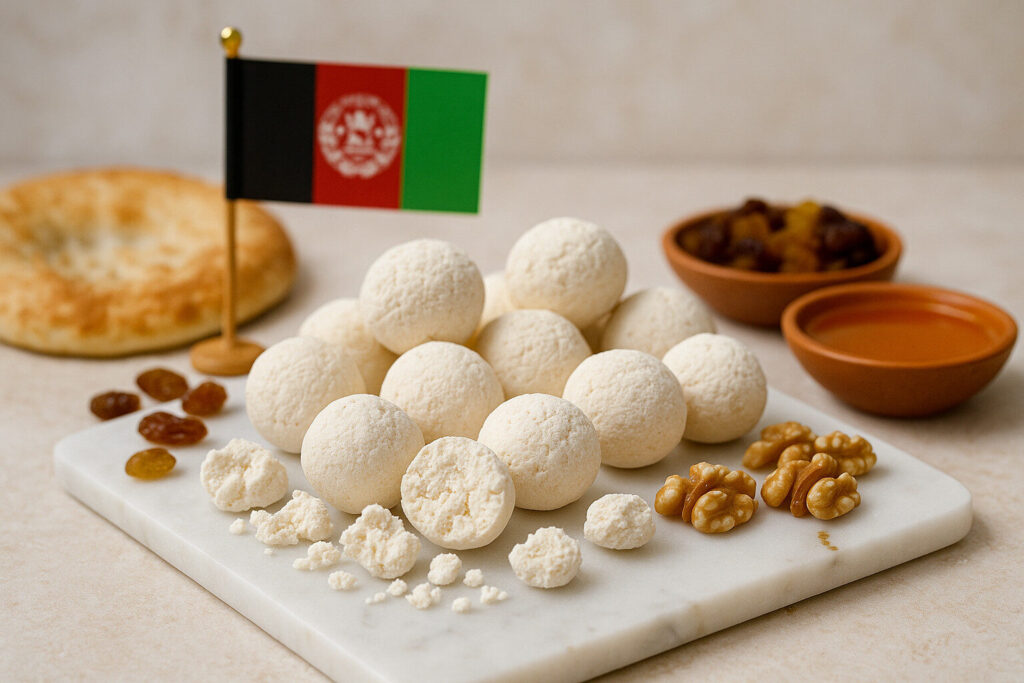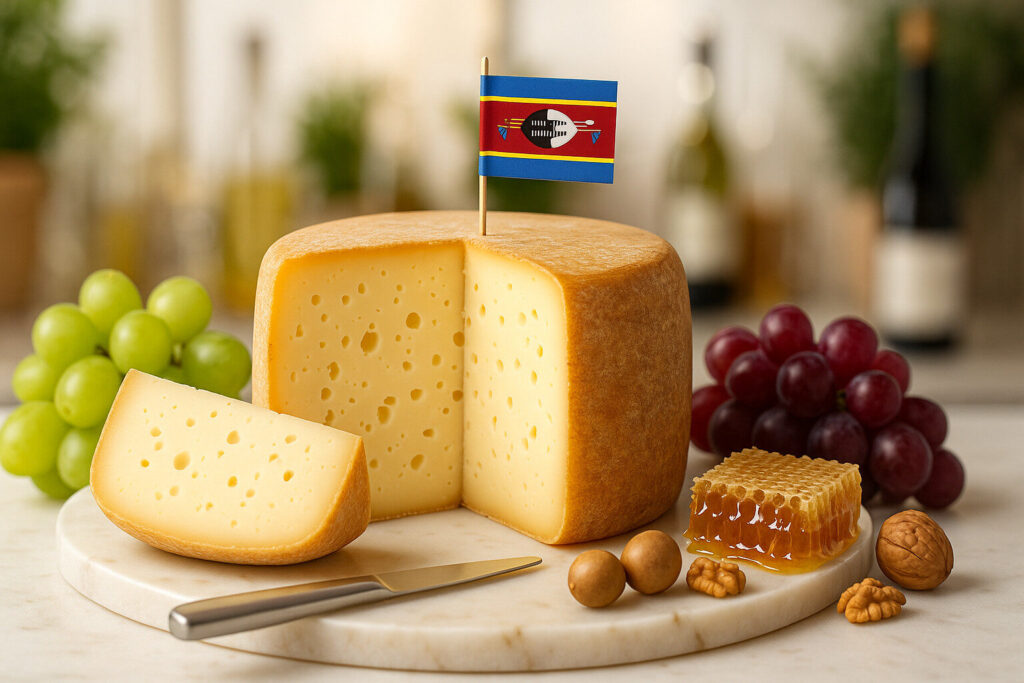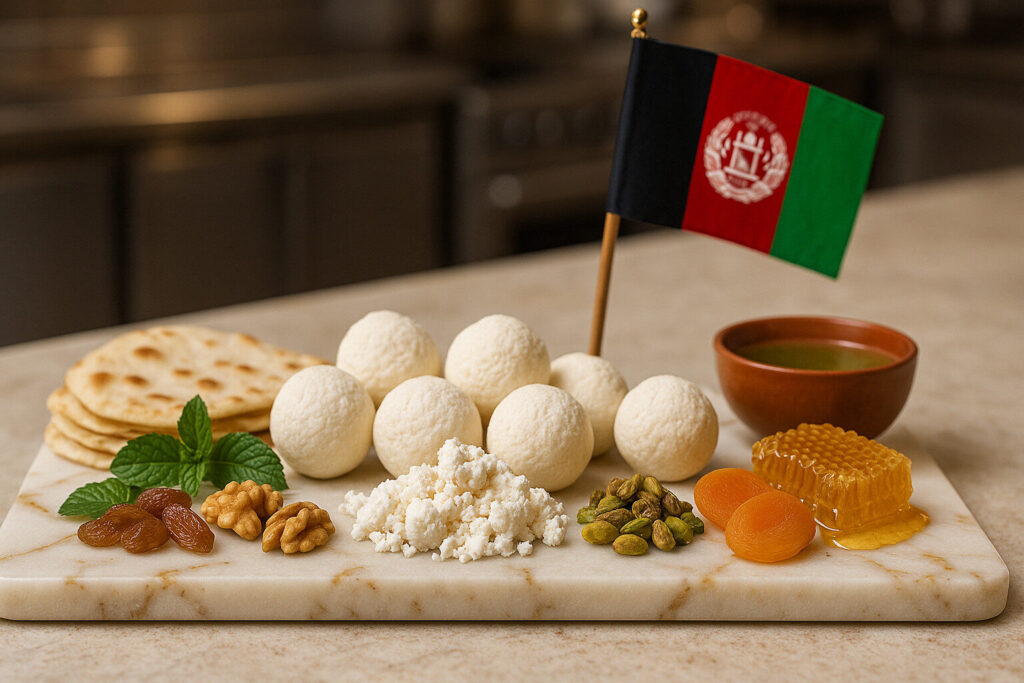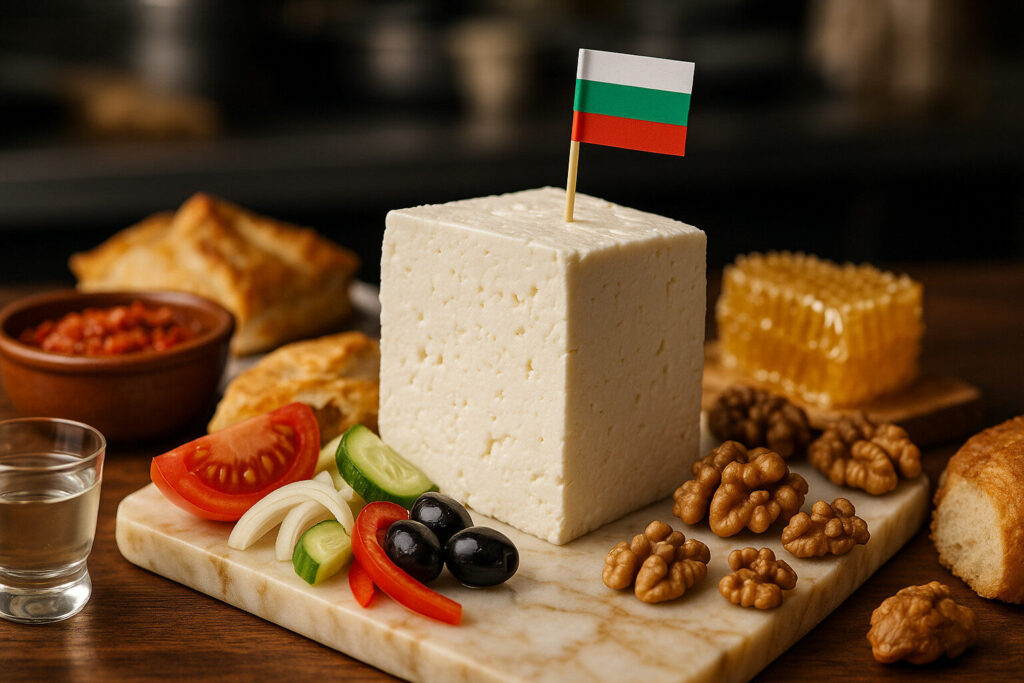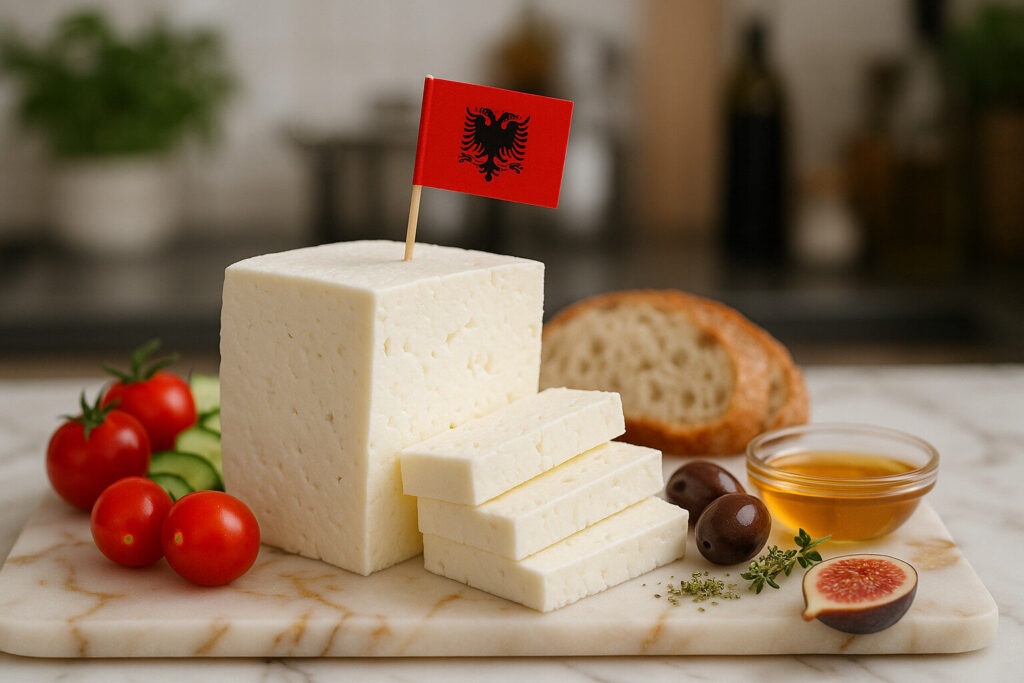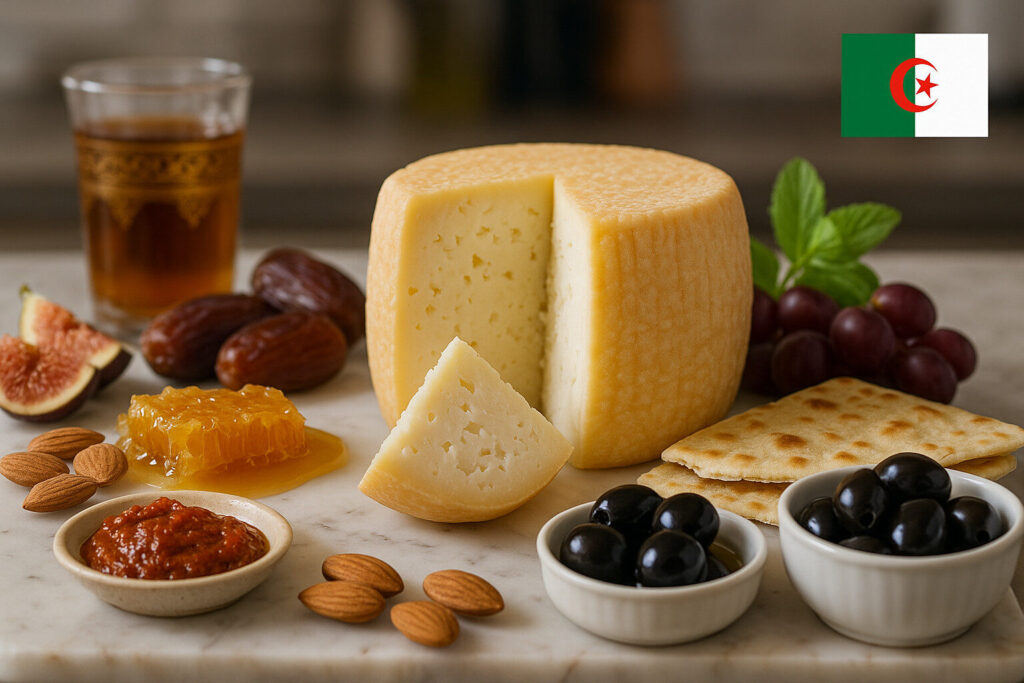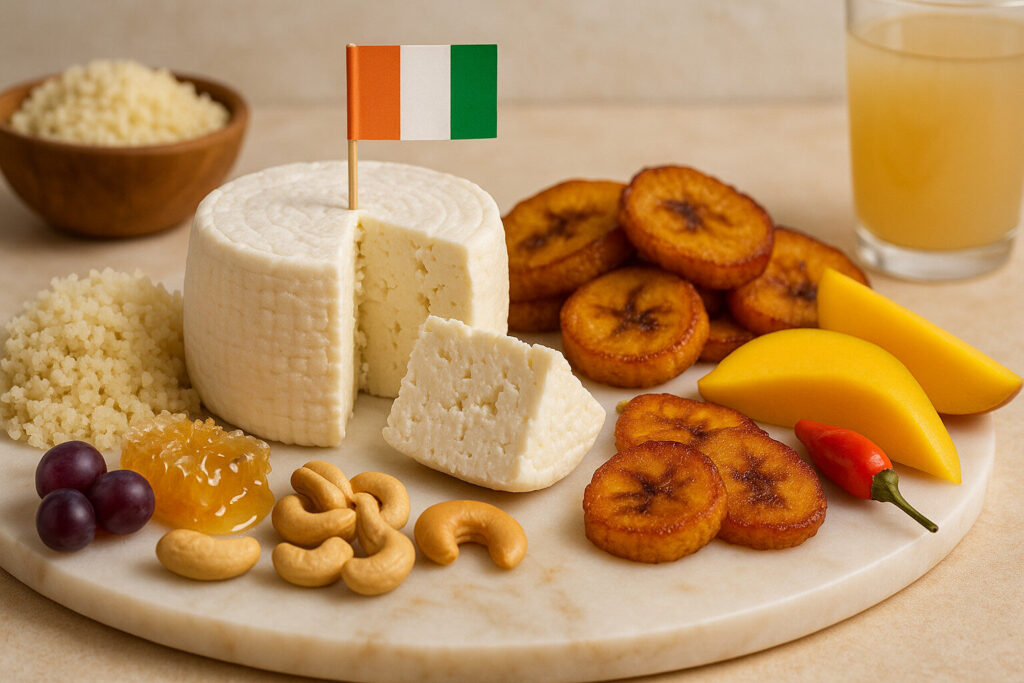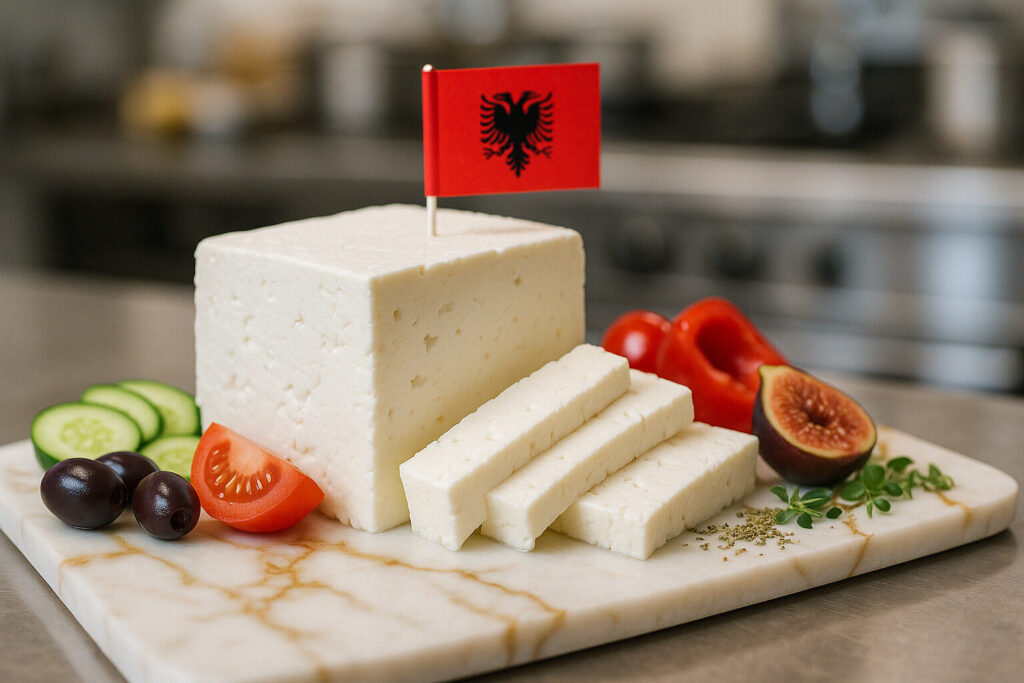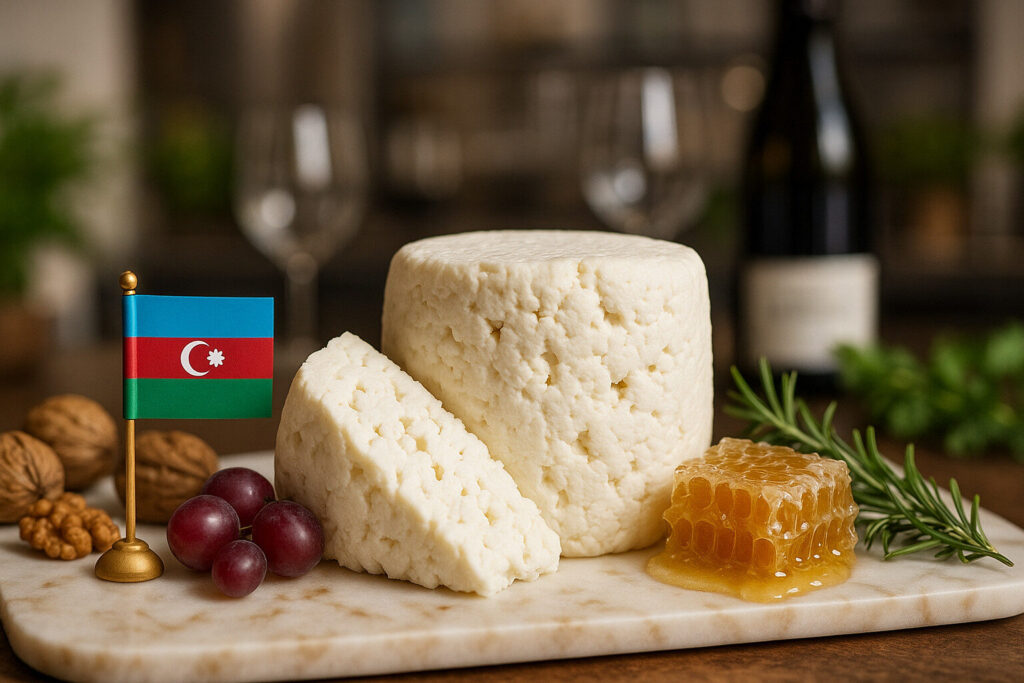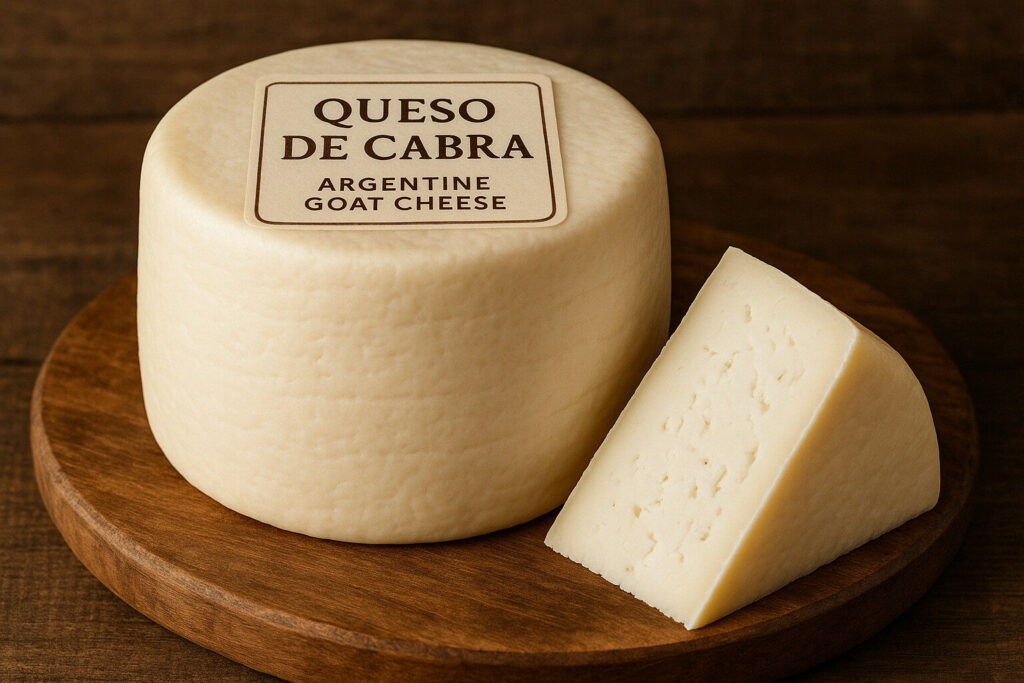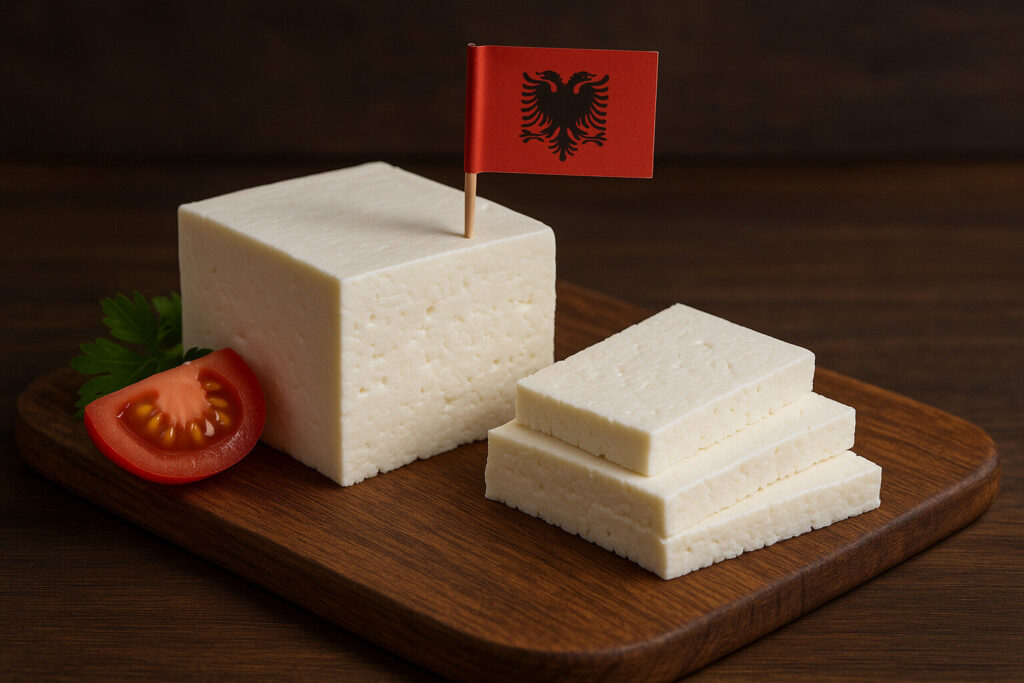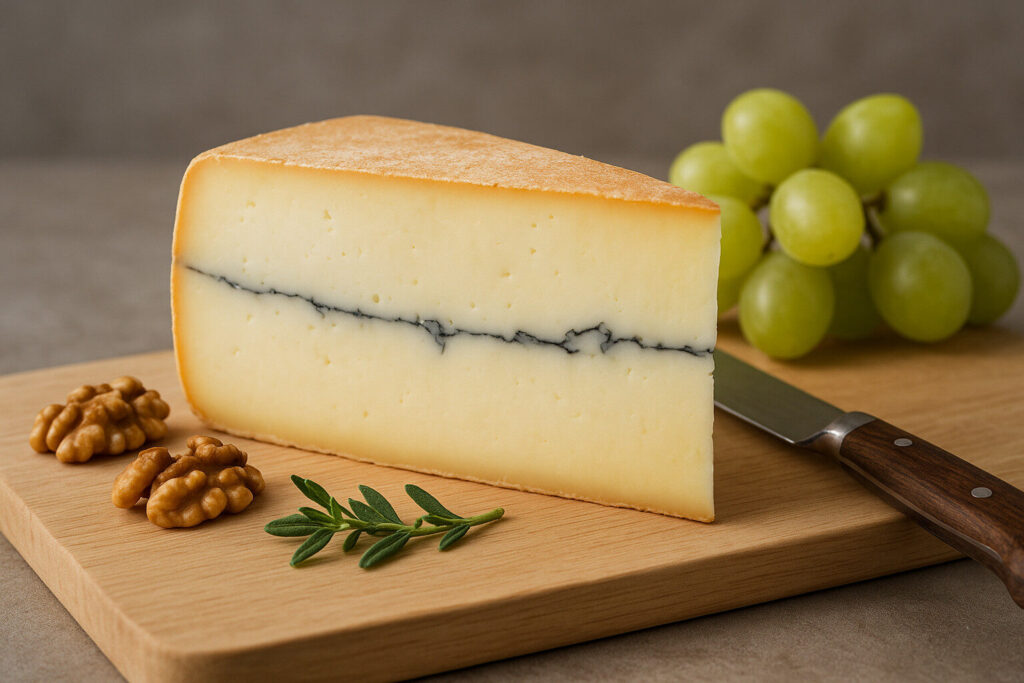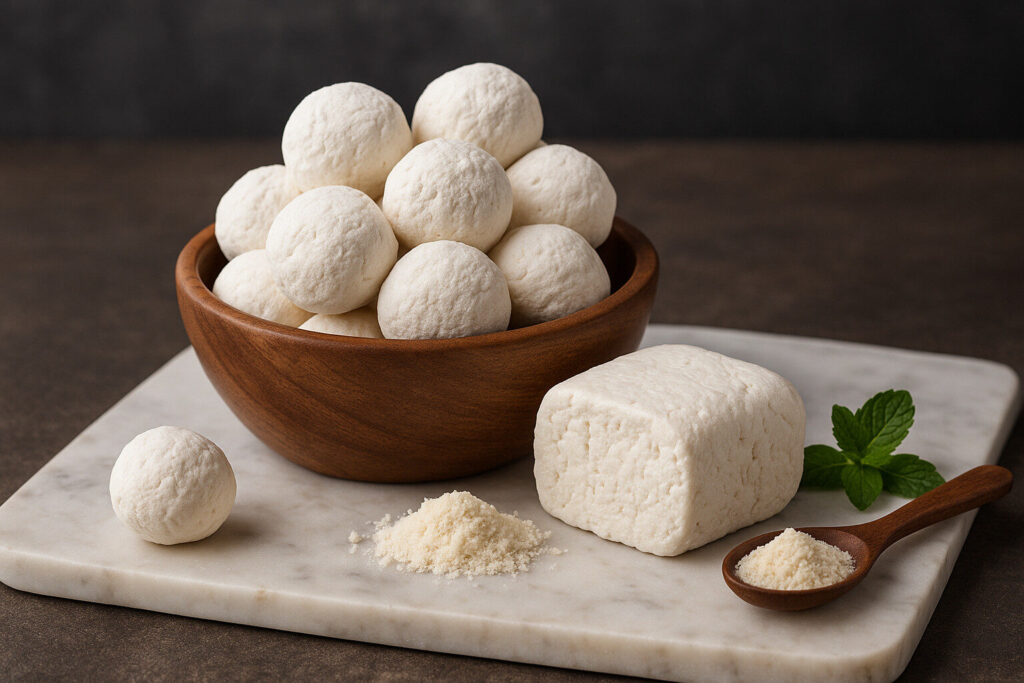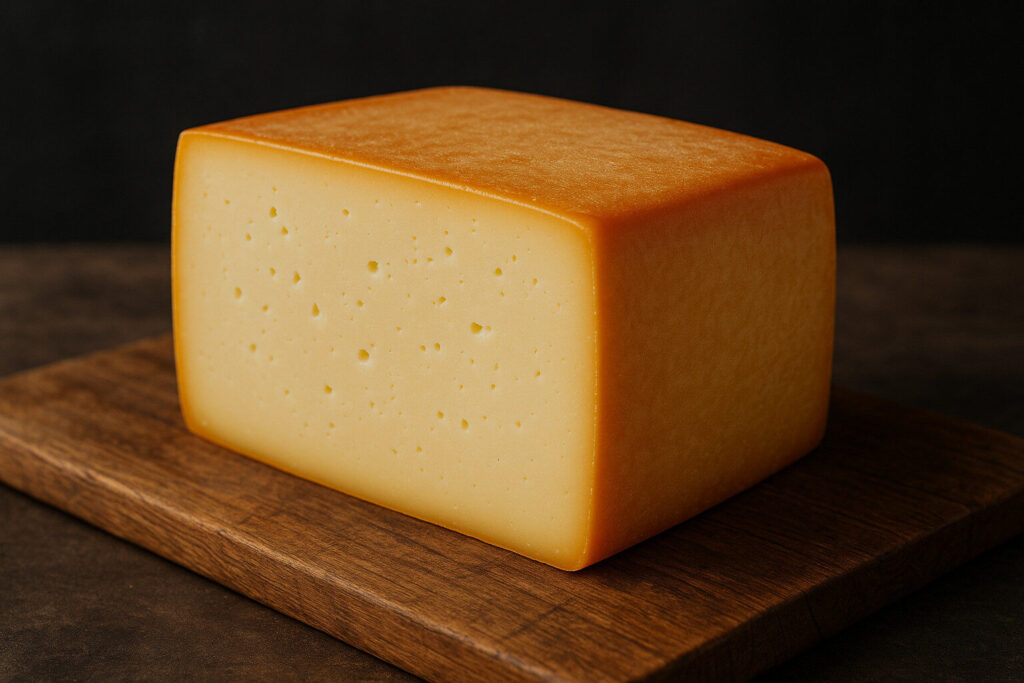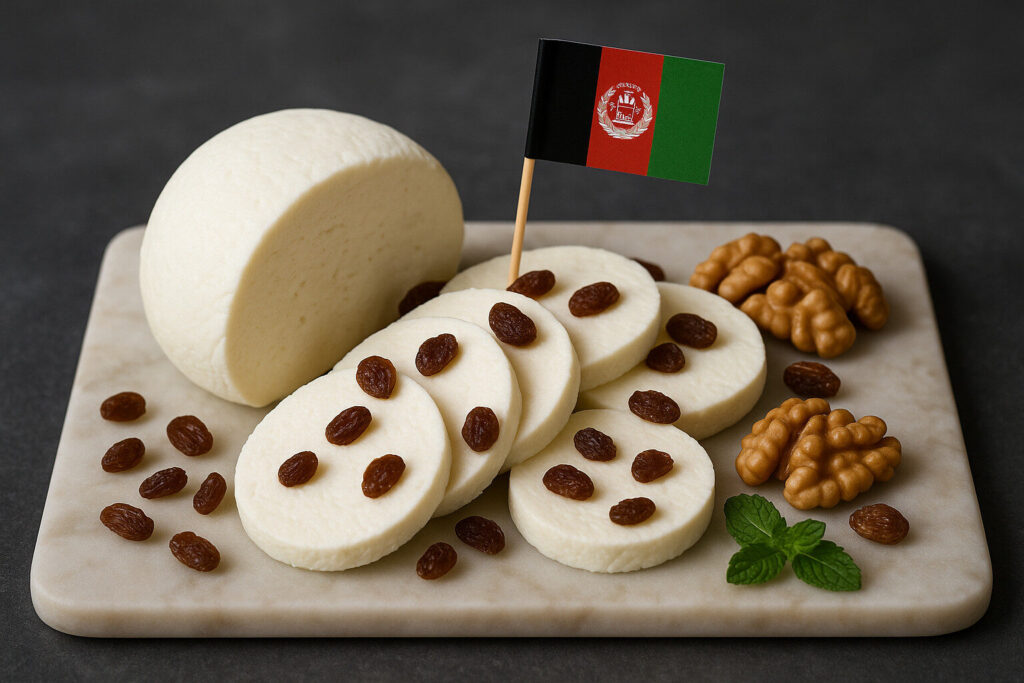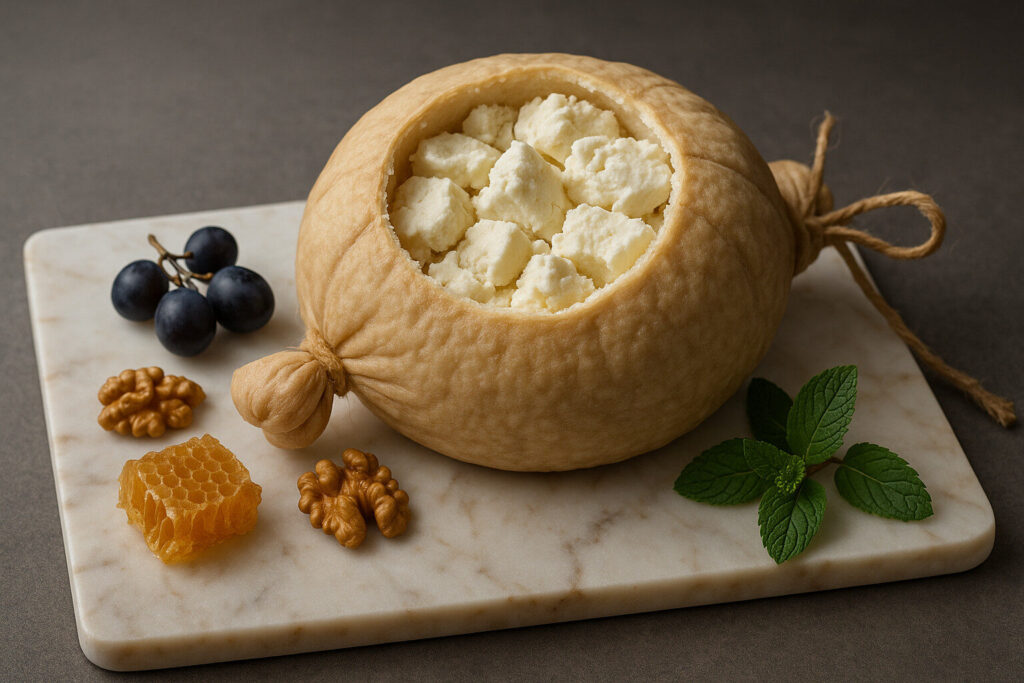Tangy Cheese
Definition and Scope
Tangy describes a distinct acidic flavor profile in cheese resulting from lactic acid development. This characteristic is prominent in fresh, young, or intentionally cultured varieties where bacterial activity remains pronounced. The term specifically denotes a pleasant sharpness rather than excessive sourness, falling within desirable sensory parameters for many styles.
Its presence spans multiple cheese categories including fresh goat cheeses, certain cheddars, and washed-rind varieties. Tanginess intensity varies with aging duration, milk type, and specific bacterial strains used in fermentation. This property serves as a key differentiator in cheese classification systems alongside texture and aroma profiles.
Production Methods
Tanginess develops primarily through lactic acid bacterial metabolism during cheese making and aging. Controlled acidification occurs when lactose converts to lactic acid, with rate and extent determining final tanginess level. Cheesemakers manipulate this through culture selection, fermentation time, and temperature controls during critical manufacturing stages.
Specific techniques like accelerated aging or surface treatments can enhance tangy characteristics in finished products. Moisture content directly influences tanginess perception, with higher-moisture cheeses typically exhibiting more immediate acidic notes. Production variables including pH monitoring and brine concentration are carefully managed to achieve consistent tangy profiles.
Sensory Profile
Tangy cheeses present a clean, sharp acidity that stimulates salivary glands without overwhelming other flavor components. This characteristic often accompanies bright, citrus-like notes particularly in goat’s milk and young sheep’s milk cheeses. The sensation typically registers on the sides of the tongue and persists through the finish without bitterness.
Texture influences tanginess perception, with crumbly or moist cheeses delivering more immediate acidic impact than firm, aged varieties. Balanced tanginess complements rather than masks underlying flavors like saltiness or earthy notes. Professional graders evaluate tanginess intensity alongside other attributes to determine quality and style conformity.
Culinary Applications
Tangy cheeses serve as flavor catalysts in composed dishes where acidity cuts through rich components. They’re particularly valued in salads, sandwiches, and pasta dishes where their bright notes contrast with oily or sweet ingredients. Crumbled tangy cheeses like feta provide both flavor and textural contrast in Mediterranean cuisine.
In cooking, tangy cheeses melt well while maintaining their characteristic sharpness, making them ideal for sauces and gratins. Their acidity helps balance fatty meats and starches in traditional pairings. Chefs frequently use tangy cheeses as finishing elements to add complexity without requiring additional acidic ingredients.
Regional Examples
French Chèvre exemplifies tanginess through fresh goat’s milk cheeses with pronounced lactic sharpness. These Loire Valley specialties develop their characteristic tang through surface mold ripening and minimal aging. The region’s terroir and traditional methods produce consistently bright, acidic profiles prized in gastronomy.
English Cheshire cheese demonstrates how regional bacterial cultures create distinctive tanginess in cow’s milk varieties. Greek Feta maintains Protected Designation of Origin status partly due to its specific tangy profile from sheep and goat milk blends. These geographical indications preserve traditional tanginess characteristics against industrial standardization.

